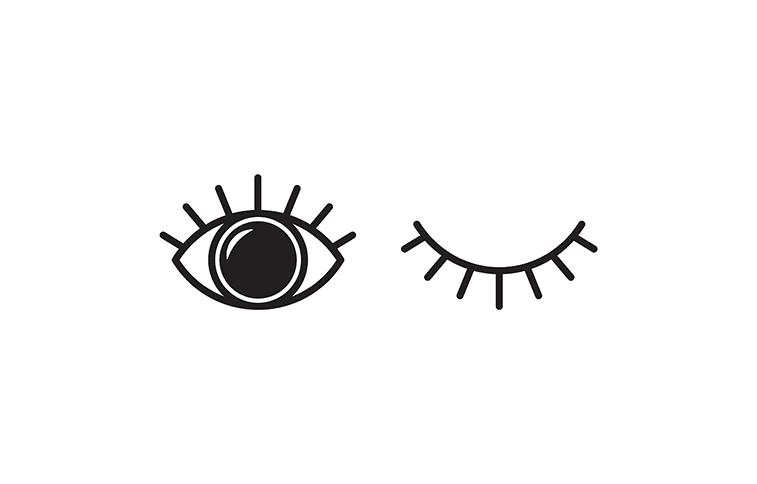A study published in Contact Lens and Anterior Eye has identified an effective regimen of blinking exercises that significantly improved symptoms and some clinical signs of evaporative dry eye disease (DED). Led by James S. Wolffsohn of Aston University in Birmingham, United Kingdom, the researchers sought to determine the optimal technique, frequency, and repetition structure for blinking exercises using a dedicated smartphone app.

The study included 2 phases:
- Optimization phase: In this phase, 98 individuals with dry eye symptoms (average age 36.1±16.6 years; 64% female) were assessed with the OSDI-6, SANDE symptom scores, and the Blink Test (comfortable time after a blink). The investigators looked at type of blink (with or without “squeeze”), number of repetitions (5 to 25), and number of daily repeats (2 to 4). Initial blinking exercises lasted 2 weeks, followed by 2 weeks of cessation.
- Efficacy phase: Participants were a smaller group (n=28) who met full TFOS DEWS II diagnostic criteria for DED (average age 24.5±13.3 years; 79% female). The researchers assessed symptom scores, blink rate, incomplete blinks, noninvasive tear breakup time (NIBUT), tear meniscus height (TMH), and ocular surface staining in 15 close-squeeze-open repetitions, 3 times daily for 2 weeks using the MyDryEye app, which supports reminders and tracks compliance.
In the optimization phase, the researchers found that blinking exercises led to statistically significant reductions in OSDI-6 (P<.001), SANDE frequency (P=.008), and severity (P=.031) scores. Comfortable time after blinking improved (P=.004) and remained elevated after 2 weeks of stopping the exercises.
The “close-squeeze-open” regimen was superior to “close-open” for OSDI-6 (P=.002) and SANDE frequency (P<.001), and the optimal configuration that yielded the greatest improvements in symptom frequency and severity was 15 repetitions, 3 times daily. Two weeks after discontinuation of exercises, however, benefits tended to diminish. “The pressure required to extract meibum in patients with meibomian gland dysfunction, which is highly prevalent in those with DED, ranges from 5 to 60 lb per square inch (3.5 to 42 g/mm), so this might be aided by more repetitions within a shorter period of time, as well as the squeeze step,” the authors noted.
In the efficacy phase, SANDE frequency (P=.027) and severity (P=.001) significantly improved after 2 weeks. Incomplete blinks decreased (P<.001), as did conjunctival staining (P=.041), but blink rate remained unchanged (P=.499) and corneal staining, NIBUT, and TMH did not change significantly. On average, participants completed 2.1 of the 3 recommended daily sessions.
“Further studies are needed to understand whether the effects are cumulative to inform the advice given to patients,” the authors wrote.
They concluded, “[recommendations] should accompany other strategies for reducing the impact of evaporative DED on the patient such as meibomian gland debridement and expression, prescribing lipid based artificial tears, omega-3 supplementation and use of a warm compress”
A full list of author disclosures can be found in the original publication.



